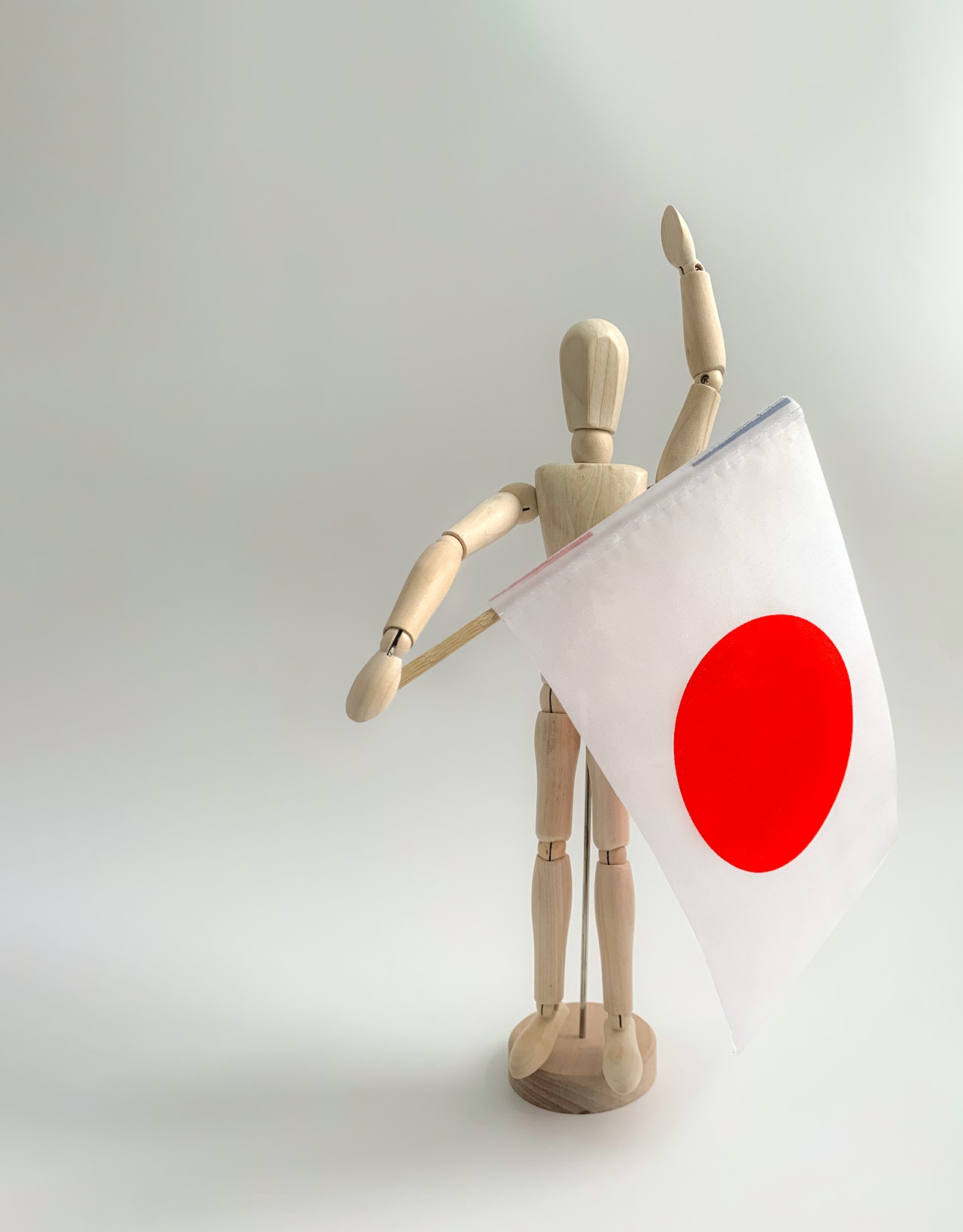The impending exit of Bank of Japan from its longstanding policy of negative interest rates has sent shockwaves through the global financial landscape, with profound implications for US Treasuries, according to the latest Bloomberg Markets Live Pulse survey. The majority of 315 respondents anticipate the BOJ’s bold experiment, initiated in 2016, will conclude during the first half of 2024. This move places Japan in stark contrast to other major central banks actively combatting inflation.
The forthcoming transformation in the negative interest rates policy of Japan, as anticipated by the BOJ, is poised to send shockwaves throughout global financial markets. The most significant impact is expected to be felt within the domain of US Treasuries, as indicated by the latest Bloomberg Markets Live Pulse survey. This outcome is primarily due to the anticipated rise in Japanese yields, enticing Japanese investors, holding significant stakes in US, European, and Australian debt, to repatriate their funds.
Martin Whetton, Head of Financial Markets Strategy at Westpac Banking Corp. in Sydney, noted, “A shift in the BOJ’s policy could slow the export of capital from Japan as yields become more attractive locally than they were before.”
Of the survey participants, 37% foresee the most severe impact on Treasuries once Governor Kazuo Ueda steers away from super-accommodative policies. Adding to this potential turmoil, 36% anticipate a devaluation of the US dollar, the currency in which US debt is denominated.
Market observers, including portfolio managers and central banks worldwide, are closely monitoring the BOJ’s every move, given its history of using negative rates and yield curve control to counter stagnant prices. The BOJ recently sent shockwaves through global markets by raising the cap on benchmark 10-year bond yields in late 2022 and later at the end of July, leading to increased bond yields.
Eugene Leow, a Senior Rates Strategist at DBS Bank Ltd., believes that “some form of normalization is probably necessary.” He predicts that higher Japanese government bond yields could create upward pressure on five- to 10-year developed-market yields.
Japanese investors, with holdings exceeding $1.1 trillion as of August, are the largest foreign holders of US government bonds, according to data from the US Treasury Department. Moreover, data from the Ministry of Finance indicates that life insurers dumped a net ¥196 billion ($1.3 billion) of foreign bonds in the April-September period, following a record ¥8 trillion of sales in the previous six months.
The MLIV Pulse survey indicates that 61% of respondents anticipate increased global bond market volatility when the BOJ shifts its policy, with the majority predicting this historic transition will occur next year.
Ayako Sera, a Market Strategist at Sumitomo Mitsui Trust Bank Ltd., commented on the impending changes, saying, “The market will probably be very jittery until traders and investors get used to a world with positive yields. It’s like a big stone being thrown into a pond where there has been no wind.”
Treasuries, traditionally viewed as pillars of stability in many saving and investment portfolios, have recently proven to be more volatile than stocks, at least by one measure. This volatility is attributed to the Federal Reserve’s aggressive policy tightening and the surge in bond sales by the US government, resulting in historic losses, especially on long-duration debt.
The survey also inquired about the timeframe for benchmark Japanese 10-year sovereign yields to reach 1%, which is the effective limit tolerated by the BOJ. A substantial 43% of respondents predict this milestone will be reached in the first half of 2024 or later, according to 16% of respondents.
Since the BOJ increased the cap in late July, Japan’s 10-year yields have nearly doubled, currently standing at 0.835%. However, they still fall far short of the 4.91% yield of their US counterparts.
This growing yield gap has led to the yen’s depreciation, making it the poorest performer among the Group of 10 currencies this year. The Japanese currency has depreciated by over 12% against the US dollar, ending last week at 149.86 per dollar.
The survey concludes with the consensus of 62% of respondents, predicting the dollar-yen exchange rate to range between 140 to 150 by the end of the year. As the Bank of Japan navigates its course away from negative interest rates, the global financial community remains on high alert for the turbulence this shift will introduce to markets.
Source: Bloomberg



